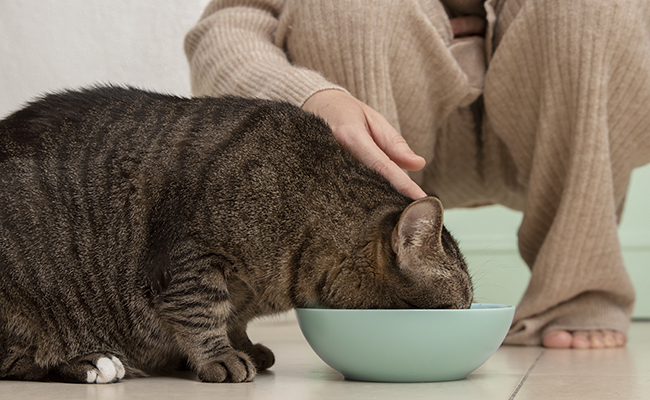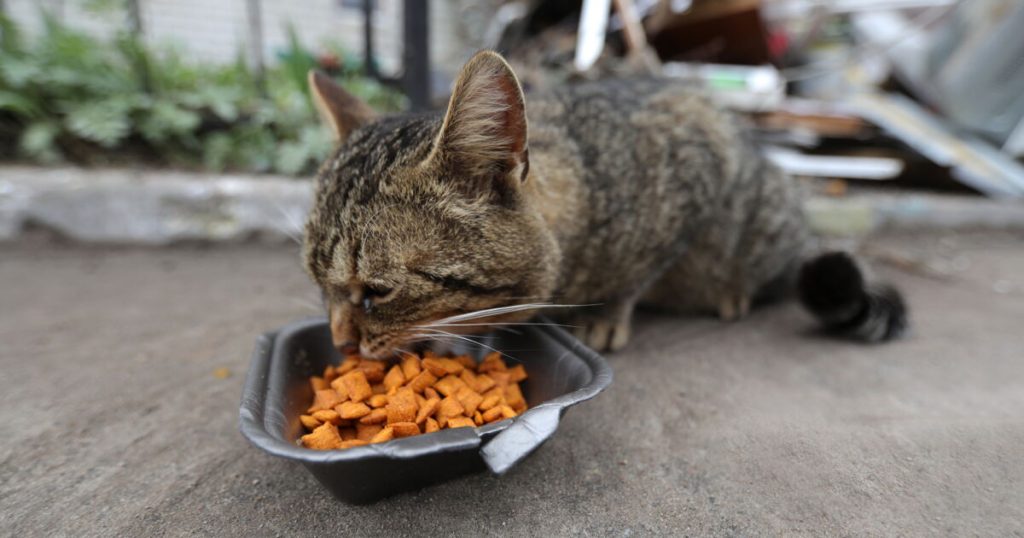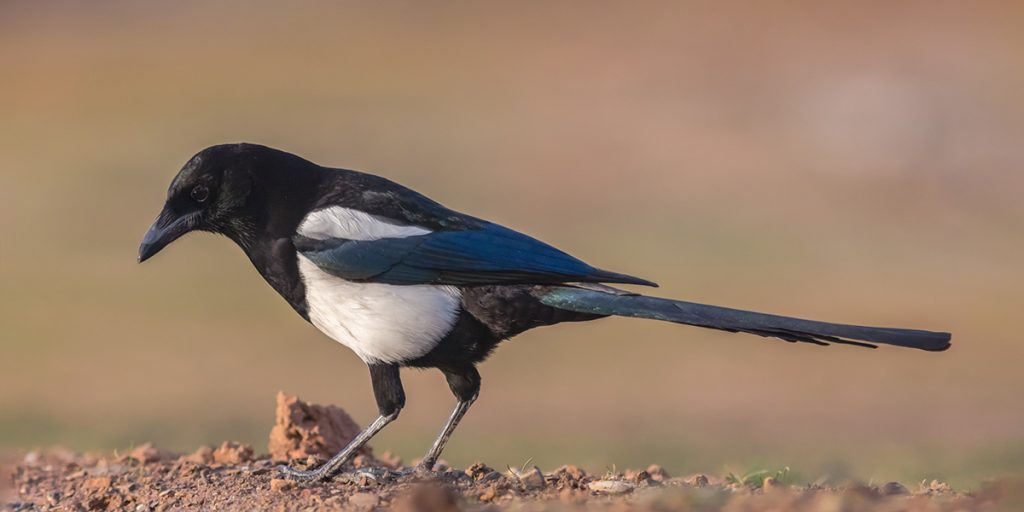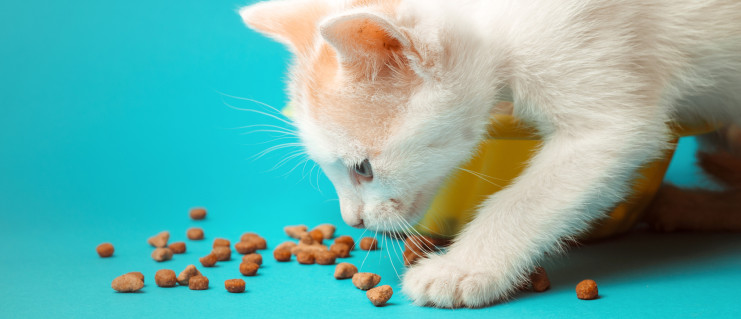
The most complete food and the most adapted to the digestive specificities of our little felines, cat food has many benefits for their health, provided you select it carefully. Complete or complementary, the choice of mash must above all be based on its nutritional values and on the palatability it creates for the animal. Some cats are capable of being choosy even when faced with tasty morsels. How to choose the best wet food for your cat? What are the criteria for finding the best cat food? Follow us to discover the essential elements you can rely on to select a quality food.
Complementary or complete, what food should you offer your cat?
Wet food is available in mashes, bites, mousses and freshness sachets and, whatever the form chosen, you must distinguish the complementary food from the complete mash before making your selection. In fact, the complementary food is specially designed for mixed feeding: the feline receives a precise dosage of dry and wet food for the day in order to perfectly meet its energy needs.
Complementary pastes: watch out for deficiencies
Complementary pâtés most often contain one or two sources of meat or fish protein. Their preparation is carried out with a view to supplementing with kibbles, vitamins, minerals, amino acids, omegas and lipids are absent from this preparation. Very popular with our four-legged friends, complementary food should not exceed 15 to 25% of your daily ration. Croquettes or household rations will then represent 85 to 75% of the intake needed for the cat's diet. Complementary food is therefore offered as part of a so-called dual-nutrition diet, because they do not cover all of the pet's needs. Be careful, when you choose your cat's food, check the labels carefully. A diet based solely on complementary food will ultimately cause numerous deficiencies for your feline friend and will be detrimental to its health.
Wholemeal pâtés: for a life without kibble?
Often criticized, quality kibble provides the necessary energy intake for the animal, but this dry food sometimes proves unsuitable for cats who drink little. The complete mash, rich in water and meat proteins, has the advantage of hydrating the cat as if it were feeding on prey. So, no more fighting to get kitty to drink! When you choose the complete mash in the form of bites or fresh sachets, it provides your animal with water, meat, vitamins, minerals, lipids and amino acids that the cat needs. The word “complete” is displayed on the product and allows you to completely replace the intake of kibble. As part of a mix-feeding diet, pay attention to the dosage, because here, it is excesses rather than deficiencies that threaten your feline companion. For 70 grams of mash, you will need to remove 20 grams of kibble from your daily ration. And for 100 grams of complete mash, you will have to remove 25 to 30 grams of kibble.
How to choose the best food for your feline friend?
Whether it is dry or wet food, analyzing the composition of a box or fresh bag for cats remains essential.
Always check the composition of the product
For complete food which aims to provide all the nutrients necessary for your cat to thrive, check that they contain:
- At least 60% good quality meat. A high concentration of animal meal or animal by-products does not cover the feline's energy needs;
- No more than 30% broth;
- No or few vegetables or carbohydrates, less than 10%;
- No coloring or preservatives.
If the mash contains animal by-products such as offal, these must appear in the list of ingredients. A source of omega 3, details of the meats used, the foods that make up the product and their quantities must be listed. A good complete mash generally contains few minerals and quality proteins must be above 9%. If the product you're looking at has more than 10% carbs, look to another brand.
As a general rule, it is better to take the time to study the labels and prefer brands that detail the composition of their products. For quality foods that meet your cat's nutritional needs, prefer pâtés sold in pet stores or at your veterinarian.
Select the food according to your cat
In order to satisfy the needs of your little companion, you must also focus on his specific needs. Given the vast choice of pâtés, mousses and freshness sachets, and apart from their taste preference for salmon, duck or lamb, here are the points to take into account:
- The age of your cat: if the growing kitten requires a food rich in lipids and proteins, the adult animal will see the amount of proteins and lipids decrease, while its vitamin and mineral needs will be slightly different. The elderly cat requires foods with high digestibility to protect its immune defenses.
- The animal's lifestyle: sterilized, active or indoor cats do not have the same nutritional needs. The mash and its daily dosage should respond to their activities and their condition. Thus, for the sterilized feline, we will choose a suitable formula to protect it from weight gain. For indoor cats, we recommend a low-fat food. Get advice from your veterinarian if you are unsure about the best formula to feed your “velvet paws”.
- Your animal's health: when the little feline suffers from an illness or deficiency, certain food products are formulated to meet, prevent or support the needs of the sick cat. Your veterinarian will advise you on products designed to meet the needs of your companion.
What are the advantages and disadvantages of wet food for cats?
With its low carbohydrate content, its perfect protein intake for our small carnivores, and very rich in water, the mash remains the industrial food closest to the prey that cats hunt in nature. Rich in water, cat food limits the risk of urinary pathologies such as crystals, stones or the onset of chronic kidney failure. Thanks to the hydration they provide to the animal, they facilitate both digestion and the work of its liver or kidneys. Cat food that meets meat protein requirements is very digestible and perfectly covers its daily requirement. They are perfect for cats suffering from obesity, diabetes or pancreatitis as long as their carbohydrate composition remains low, or even non-existent. Finally, for gluttonous cats, the food has the advantage of curbing their gargantuan appetite.
Although we recognize many virtues, wet food is not without its drawbacks for our small predators:
- It does not protect your cat's teeth from oral problems. Chewing helps clean your teeth and protect your gums. A diet based solely on pâtés and tender bites must be accompanied by regular tooth brushing: 2 to 3 times a week. To exercise your feline's jaws, you can, in addition to brushing, offer him strips of fish or dried meat several times a week.
- Depending on the product chosen, the mash can, just like poor quality kibble, cause deficiencies or excesses of nutrients not necessary for the animal's physiology. It sometimes does not contain enough omega 3 or on the contrary turns out to be too rich in minerals. To choose the best cat food, you need to take the time to read and compare the different products.
- The shelf life remains much shorter than that of dry food. Wet feeding also requires more space than a packet of kibble in terms of storage.
How to distribute and store cat food?
The shorter shelf life and the fragility of wet cat food in the face of pathogens require stricter distribution and storage than for kibble. To offer these delicious foods and bites to your cat, here are some tips:
- When your pet does not finish his ration after 30 minutes, store the uneaten leftovers in the refrigerator in an airtight container.
- Cats prefer foods at “body temperatures”, so lightly warm their food or the remains of a portion for a few seconds in the microwave.
- Opened boxes should not be kept for more than 3 to 4 days. After this time, throw away the remains and start a new box.
- To make it easier to eat, make a small mound of mash rather than a smooth, even spread.
- If left open too long, the mash can go rancid, which changes its taste and palatability for your cat.
- Dog food, even if it appeals to your cat, is not adapted to its metabolism. It is less rich in meat proteins and does not contain the taurine necessary for the assimilation of nutrients in cats. If your dog tends to leave leftovers, store them in the fridge and don't let your cat enjoy them.
To provide an appropriate daily dose, it is recommended to multiply by 3 or 4 the dosages usually reserved for kibble. Thus, for the 4 kg cat which received 50 grams of kibble, we will offer 200 grams of complete food which you will distribute several times during the day. Finally, if you want to switch your cat to wet food or dual nutrition, plan a gentle food transition to avoid any digestive discomfort.




